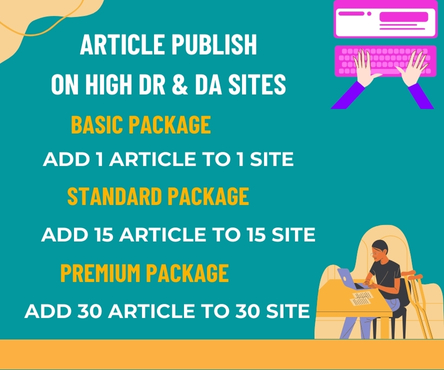Think about the brush you use and the quality of the paste when you brush your teeth. With thousands of products available, this is mostly not everyone’s top priority, and it is so hard to figure out which is the best type to get.
Your choice of toothbrush or toothpaste can help you keep your teeth clean, enhance the oral gum system, and prevent sensitivity and tooth decay. The following guide will help you select the best toothbrush and toothpaste for your health.
Choosing the Right Toothbrush
1. Soft Bristle is the Best
Good teeth always need a soft-bristled toothbrush to keep them clean. Medium and stiff brushes are hard on the gums and can wear away tooth enamel if not used correctly.
2. Manual vs. Electric
Both manual and electric toothbrushes can be effective, although some people find that a powered toothbrush is easier to use. Most come with a two-minute timer, ensuring that you are brushing your teeth long enough each time.
3. Brush Head Size and Shape
Choose a toothbrush with a small to medium sized head that will comfortably fit in your mouth and allow you to reach all tooth surfaces easily. Some toothbrushes have angled bristles that clean more thoroughly against the gum line.
4. Replace Your Toothbrush Regularly
Toothbrushes should be replaced every 3 months or earlier. When the bristles appear visibly worn, which means they are not providing quality cleaning.
Choosing the Right Toothpaste
1. Fluoride Content
Fluoride is a key ingredient that helps strengthen enamel and prevent cavities. Most Australian dentists suggest that their patients use fluoride-containing toothpaste unless their dentist says no.
2. Specific conditions/requirements
- For those who suffer from sensitivity, toothpaste that reduces this issue while containing nerve-soothing components is advised.
- Teeth brightening: These will be active, and only those stains on the surface level will be removed; try to avoid abusing them since they might be abrasive.
- Anti-tartar: These can help prevent, but should never be a substitute for professional cleaning.
- Zero Fluoride or Organic: Many prefer organics, but they must also have the proper protection against cavities.
3. Avoid Harsh Ingredients
Another necessary ingredient often found in toothpaste is sodium lauryl sulphate (SLS), which may not be suitable for dainty taste buds.
Extra Tips for Better Oral Care
- Brush your teeth twice a day, trying your best to dedicate at least two minutes each time.
- Regular flossing alongside visits to the doctor’s office, plenty of times yearly.
- When confused, it’s safe to seek a recommendation from your dentist.
Final Thoughts
Picking the right toothbrush and toothpaste isn’t one-size-fits-all. Consider your own oral conditions, favourites, and what your dentist has to say when maintaining that beautiful smile of yours for years to come.

